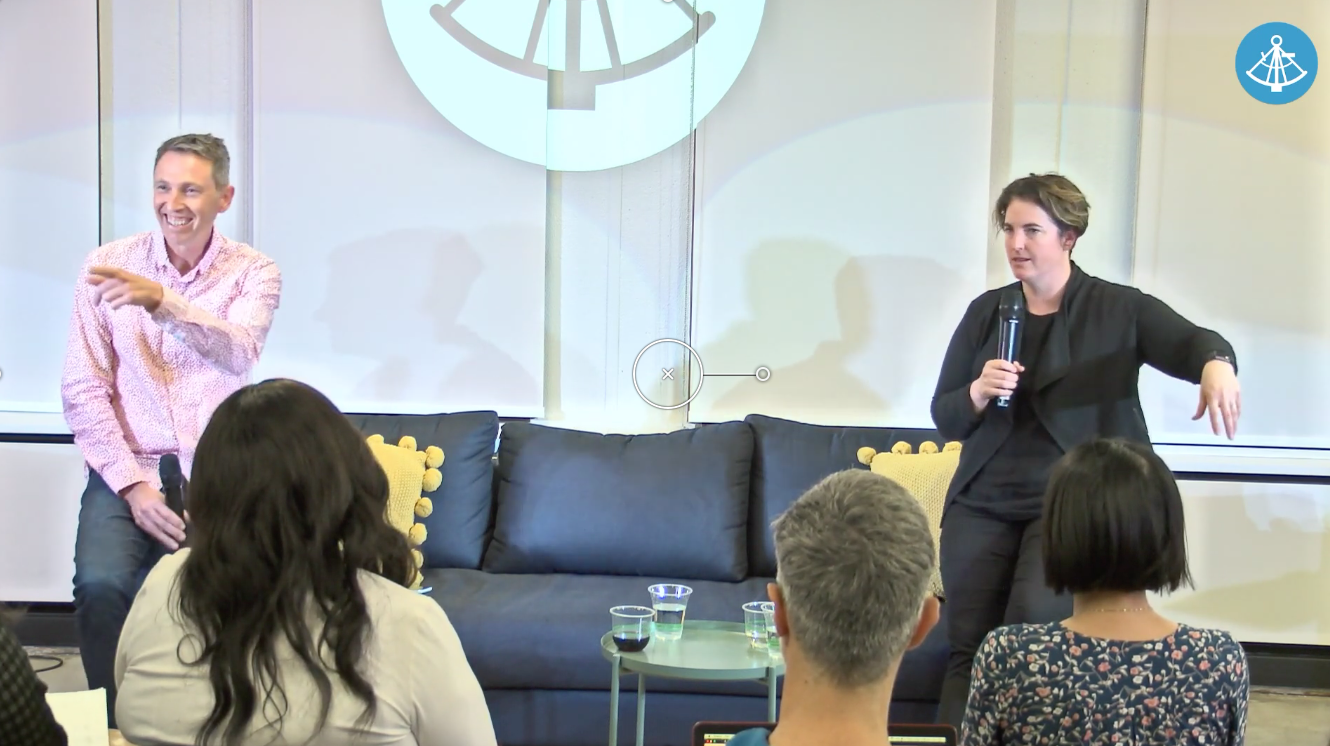Call it: Customer Success, Customer Care, Customer Support, Tech Support, HelpDesk – these teams and people are the first line of feedback from customer and the reality is they carry a lot of data from the intimacy and volume of interactions.
In this Fireside Rachael Neumann (former director of Customer Experience Strategy at EventBrite and now Head of Startups AWS ANZ) talks about the psychological or emotional user experience.
After an anecdote about how she discovered a different way to implement a product feature, I challenged Rachael about whether she was actually doing the Product Manager’s job.
Rachael made an important point:
“But it’s very powerful when you have someone who sits between customer and product because two things happen. If you just have a customer team:
- they tend to be seen as a cost center instead of a strategic center.
- They tend to be the first function that is off-shored and
- they tend to be kind of pushed off to the side and
- BUT they are basically speaking to hundreds or thousands of customers a day creating rich rich datasets that are never captured mined or used.
And on the other side you have product managers who all think that they’re Steve Jobs and that they can create products from the vision of their mind…..and never shall the two meet.”
![]()
Rachael’s comment is fairly incendiary but rings true – as teams get larger the Product Management function gets busy with backlog, internal meetings, analytics and lots of other inward-facing actions.
The original methodology of Customer Development interviews is largely abandoned as its one of the least pleasant thing to do AND its not usually incented with KPIs.
What Lens do you use to view your Product? Design or Emotion?
Careful, this is a trick question – your customer is only going to view THEIR experience of your product through their EMOTION.
Rachael’s comment “speaking to hundreds or thousands of customers a day creating rich rich datasets that are never captured mined or used” has 3 ramifications:
- devaluing this data is a lost opportunity.
- your analytics platform never communicates heat or anger of the customer.
- qualitative human input from your CS team is a valuable dimension that you’re tools simply cannot capture.
In the next post we’ll dive deeper into this statement about customer anger.
But for now, consider whether you are interacting with customers enough and feeling their heat. Is it possible that Product people are introverts and will naturally arrange their day with tasks that avoid hand-to-hand contact/combat with customers.


